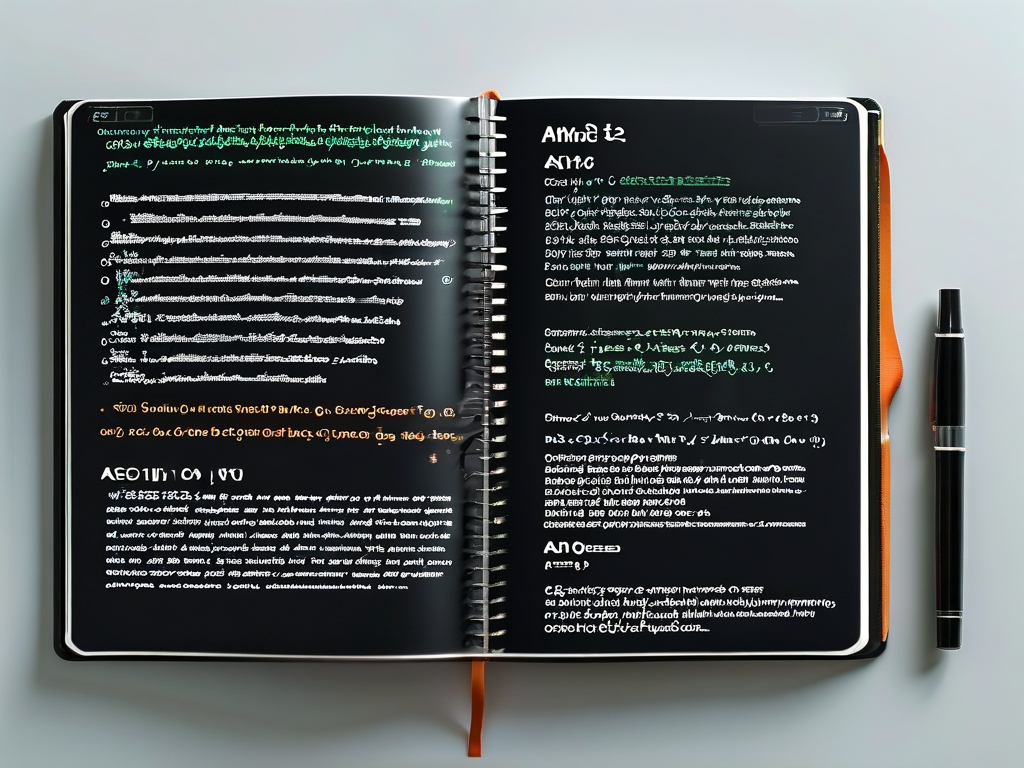When developing algorithms in C language, understanding how to handle diverse input scenarios is critical. This article explores practical input cases programmers frequently encounter, accompanied by code snippets and implementation strategies to streamline algorithmic problem-solving.

1. Fixed-Size Array Input
Fixed-size arrays are widely used in algorithmic challenges. For example, sorting algorithms often require predefined array sizes:
int main() {
int arr[10];
printf("Enter 10 integers: ");
for(int i = 0; i < 10; i++) {
scanf("%d", &arr[i]);
}
// Process array
return 0;
}
This approach suits scenarios where input size is known, such as matrix operations or predefined datasets.
2. Dynamic Input with Pointers
Dynamic memory allocation becomes essential for variable-length inputs. Consider a scenario where the user specifies the input size:
int main() {
int n;
printf("Enter array size: ");
scanf("%d", &n);
int *arr = (int*)malloc(n * sizeof(int));
for(int i = 0; i < n; i++) {
scanf("%d", &arr[i]);
}
// Algorithm implementation
free(arr);
return 0;
}
This method is ideal for real-world applications like processing sensor data or user-generated content.
3. String Manipulation
String inputs require careful handling due to null terminators and buffer limits. The following code demonstrates secure string input for palindrome checks:
#include <string.h>
int main() {
char str[100];
printf("Enter a string: ");
fgets(str, sizeof(str), stdin);
str[strcspn(str, "\n")] = '\0'; // Remove newline
// Check palindrome logic
return 0;
}
Using fgets instead of scanf prevents buffer overflow, crucial for security-sensitive applications.
4. File-Based Input
Algorithms processing large datasets often rely on file I/O. Below is a template for reading matrix data from a file:
int main() {
FILE *file = fopen("data.txt", "r");
int rows, cols;
fscanf(file, "%d %d", &rows, &cols);
int matrix[rows][cols];
for(int i = 0; i < rows; i++) {
for(int j = 0; j < cols; j++) {
fscanf(file, "%d", &matrix[i][j]);
}
}
fclose(file);
// Matrix processing
return 0;
}
This pattern is fundamental for image processing or numerical analysis tasks.
5. Command-Line Arguments
For automation-focused solutions, command-line arguments provide direct input channels:
int main(int argc, char *argv[]) {
if(argc < 2) {
printf("Usage: %s <number>\n", argv[0]);
return 1;
}
int num = atoi(argv[1]);
// Algorithm using 'num'
return 0;
}
This technique is valuable for batch processing or integration with shell scripts.
Best Practices
- Validate input ranges to prevent undefined behavior
- Use modular functions for input parsing
- Implement error handling for file operations
- Combine multiple input methods for complex systems
Mastering these input patterns enables developers to focus on core algorithmic logic rather than data handling mechanics. As algorithms grow in complexity, robust input management becomes the foundation for efficient and maintainable code.



